The Mammen Axe, iron axe-head inlaid in silver with swirling animalistic shapes, daring from 970-971 CE (via the National Museum of Denmark)
Before the conversion of many Norse peoples to Christianity in the 10th and 11th centuries CE, Vikings were frequently buried with many grave goods in pagan rituals, which gives us a fantastic wealth of early-Viking metalwork. They shed light on a rich and skilled tradition of metalwork in Viking lands, encompassing fine jewellery, ‘hacksilver’ for trade, and brutally effective weaponry and armor.
Jewellery and Hacksilver
One of the most well-documented types of Viking metalwork is fine jewellery. Scandinavia was comparatively poor in precious metals during the medieval era, and so almost all of the metals we see used in jewellery were acquired through trade. Viking jewellery can be broadly split into two categories: art pieces that were made primarily for decorative, practical and religious purposes, and ‘hacksilver’ jewellery, which was made as a form of mobile currency that could be traded by weight.
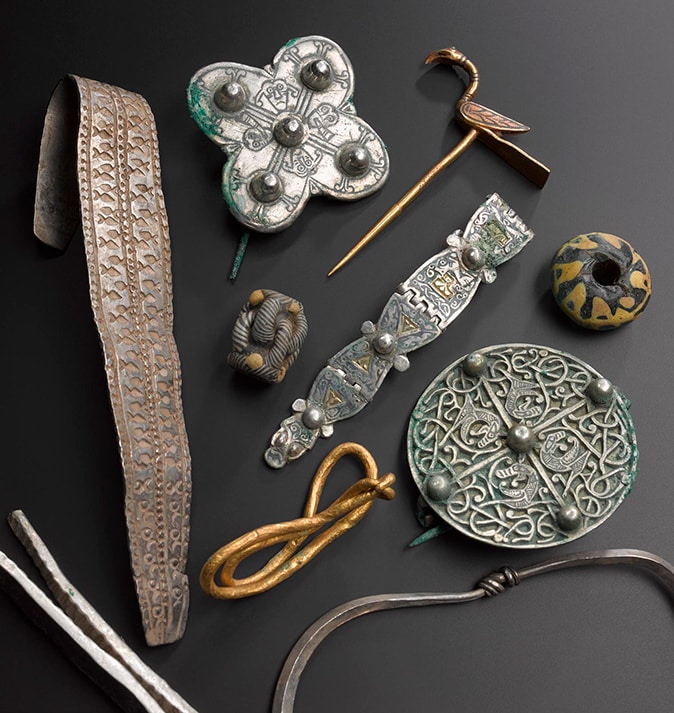
Hacksilver – Metalwork for Trade
The Vikings developed a sophisticated silver bullion economy – where sea-going Viking traders would trade for goods in silver by weight, known as ‘hacksilver’. They would often use simple pieces of silver jewellery to make the weight, either whole or cut into fragments.
During the Viking era, Western Europe remained economically underdeveloped, and the focus of European wealth was in the eastern Mediterranean and the sophisticated Islamic states in the Middle East. Enormous amounts of Islamic silver has been found across the Viking world – for example, the largest ever Viking hoard was found at Spillings, Gotland, and contained more than 14,000 Islamic silver coins. Metallographical analysis using techniques like X-ray fluorescence (XRF) has ‘fingerprinted’ much of this silver to Middle-Eastern silver mines, such as those around Baghdad – although in the later Viking period, Islamic sources of silver began to dry up, and the Vikings began to acquire their silver from Eastern and Central Europe. As well, hoard discoveries are often filled with whole or fragmented silver finger rings, bracelets and arm rings. These would likely have been made by recycling traded hacksilver, melting it down in a crucible, and working it into a decorative shape – and then traded or cut into pieces as required. Silver is ideal for this function because it remains pretty soft and workable, even in the wide varieties of alloys that are seen in Viking silver.

It’s likely that the Vikings has little attachment to these pieces beyond their monetary value: firstly because of the clear readiness they had to cut them up for trade, and also because they are frequently penannular. This means that they are made in such a way that the ring or bracelet is not a complete circle, so that it can be easily resized with simple bending – implying that they were made to be traded and worn by many different people.
Decorative Metalwork – For Beauty and Good Luck
As well as creating jewellery that was a vessel for trading value, Viking artisans created some of the most spectacular art objects of the Dark Ages. Delicate metalwork jewellery filled all sorts of purposes. Simple, lower-status brooches made from base metals like copper were used by ordinary Norse to affix cloaks and dresses. A frequent theme amongst fine Viking metalwork was Norse mythology – objects like the ‘Thor’s hammer’ amulets found across the Viking world were likely amulets for protection or strength. Viking metalworkers used a wide variety of skilled techniques, like inlaying, cloisonné, openwork and casting.
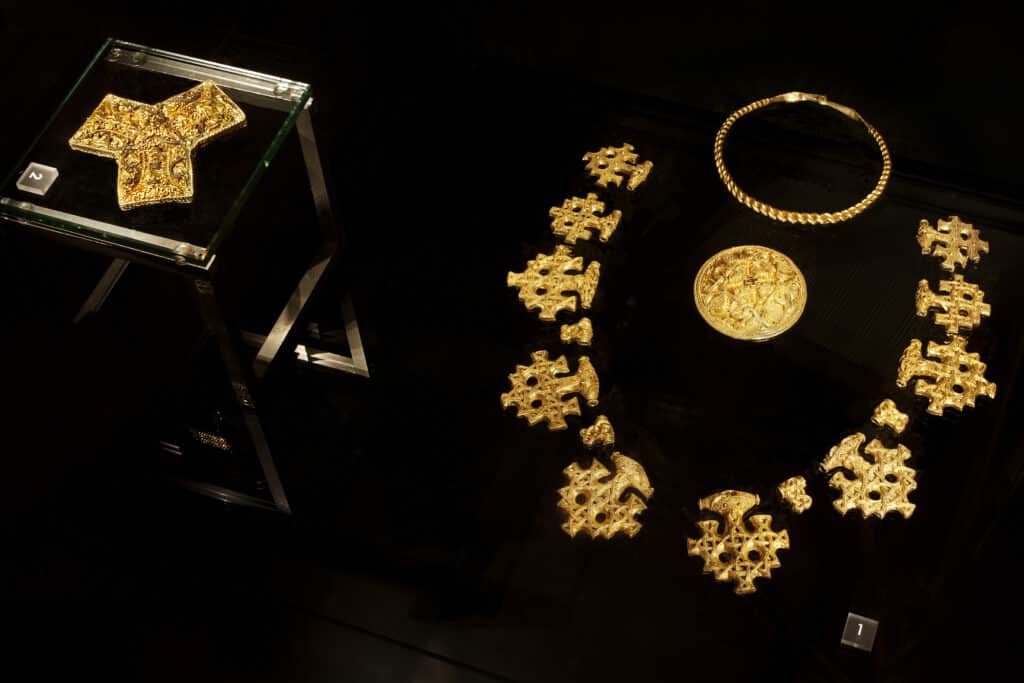
Viking gold-work is acknowledged as some of the finest of the era. The Hiddensee Treasure features spectacular gold filigree work in the form of bogglingly complex interwoven knotwork. It is a very valuable object in that it includes both Norse pagan iconography alongside Christian imagery. It was likely made by Danish goldworkers for King Harald ‘Bluetooth’ Gormsson in the 10th century.
Viking Iron
As well as fine metalwork, the Vikings were also skilled in ironwork – which is very impressive because most of the conditions were against them! There is very little mineral iron in Scandinavia, aside from some seams in central Sweden – and so, Vikings relied mostly on ‘bog iron’ for their sources of iron ore. This is low-quality iron that deposits in certain marshy conditions. These lumps of bog iron would be refined into iron in clay bloomeries (for more on how this process works, have a read of our blog on How Did Medieval People Make Steel?). The impurities of Scandinavian bog iron meant that smiths had to adapt their designs accordingly – for example, by using the spangenhelm construction of helmet that used small, thick iron plates united by iron bands. Although it was good enough for simple tools and axes, Scandinavian-made iron could only make swords of inferior quality, and so Viking warriors and jarls hankered for the fine steel swords made in Frankia along the banks of the Rhine.
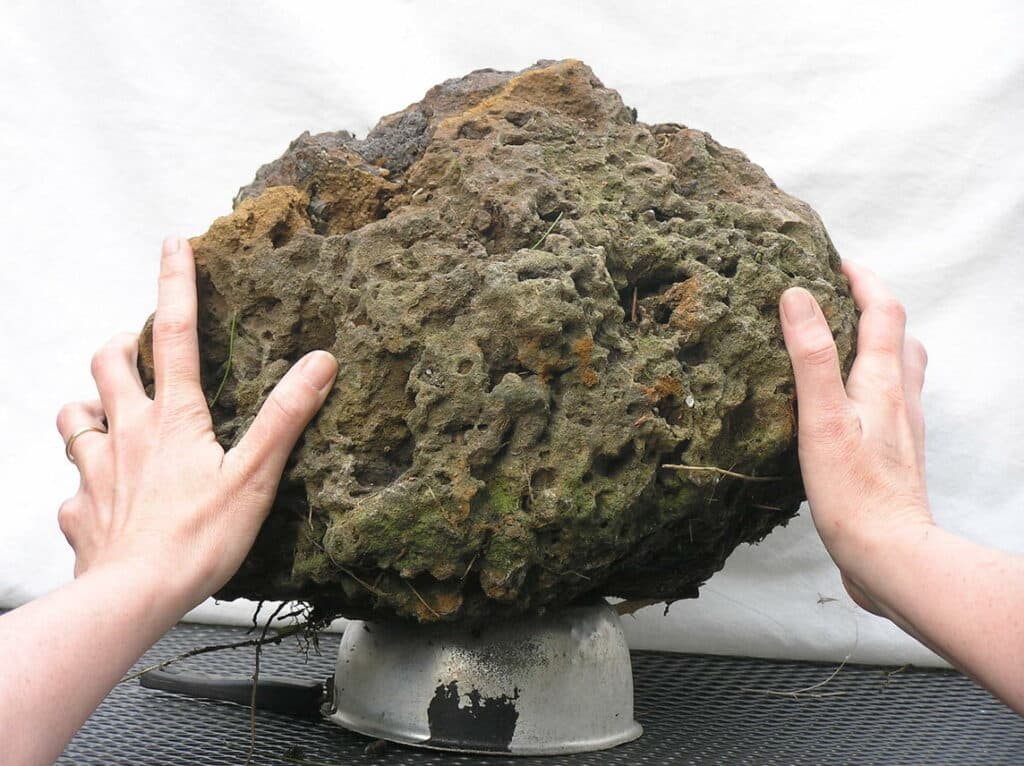
However, Scandinavia did not remain backward in ironwork forever. In fact, Scandinavia might well have seen the first blast furnaces in Europe. This technology involved the scaling-up of simple bloomeries to two or three storeys in height, along with the application of water-powered bellows. Places like Nya Lapphytten and Moshyttan might have been using blast furnacing as early as 1150 CE, far in advance of the rest of Europe, which only saw its widespread adoption from the middle of the 14th century. Debate rages whether this technology was invented in Sweden, or whether it was inspired by the Chinese designs which may well have spread into Scandinavia via the Middle East and Volga trade routes.
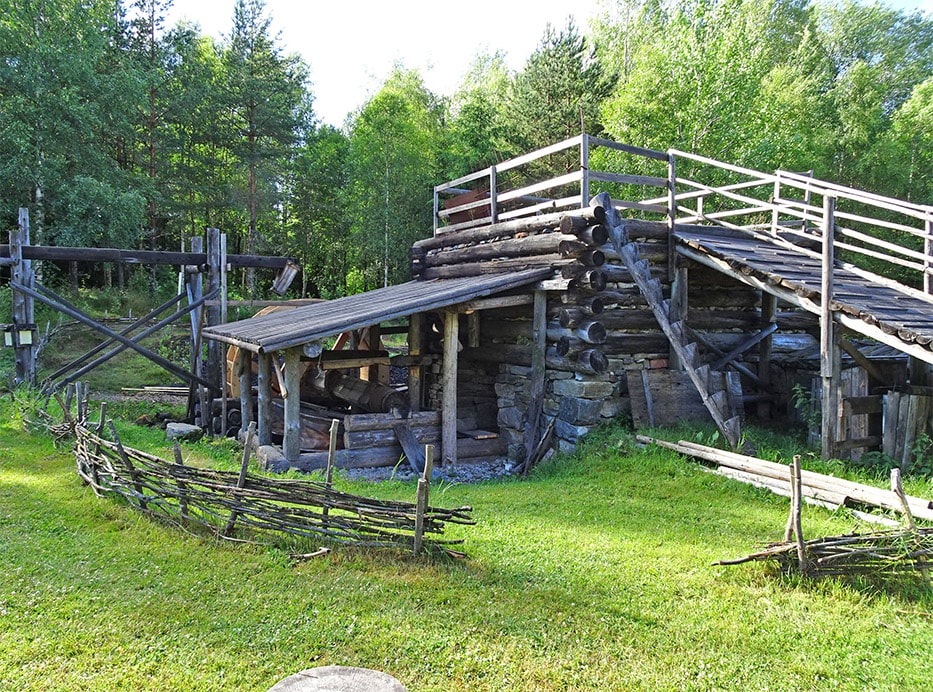
We can see in this rich history of metalwork in Scandinavia that the Vikings were some of the most ingenious metalworkers of the age, especially in the face of challenging conditions and lack of materials. Horned hats off to the Vikings!

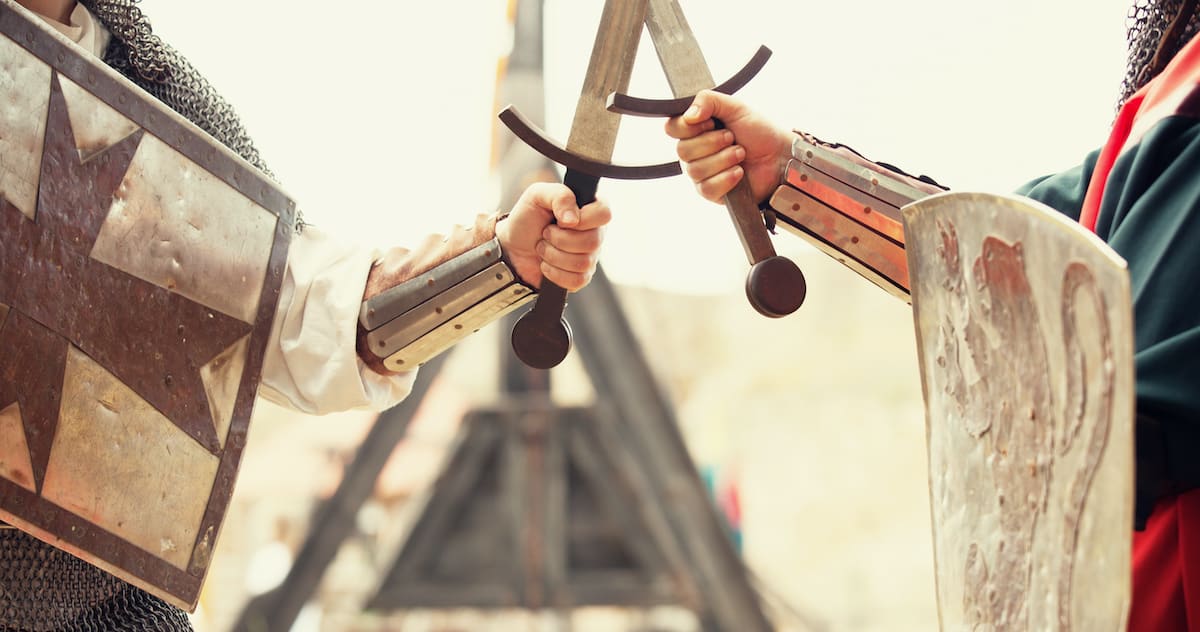 Historical Swords
Historical Swords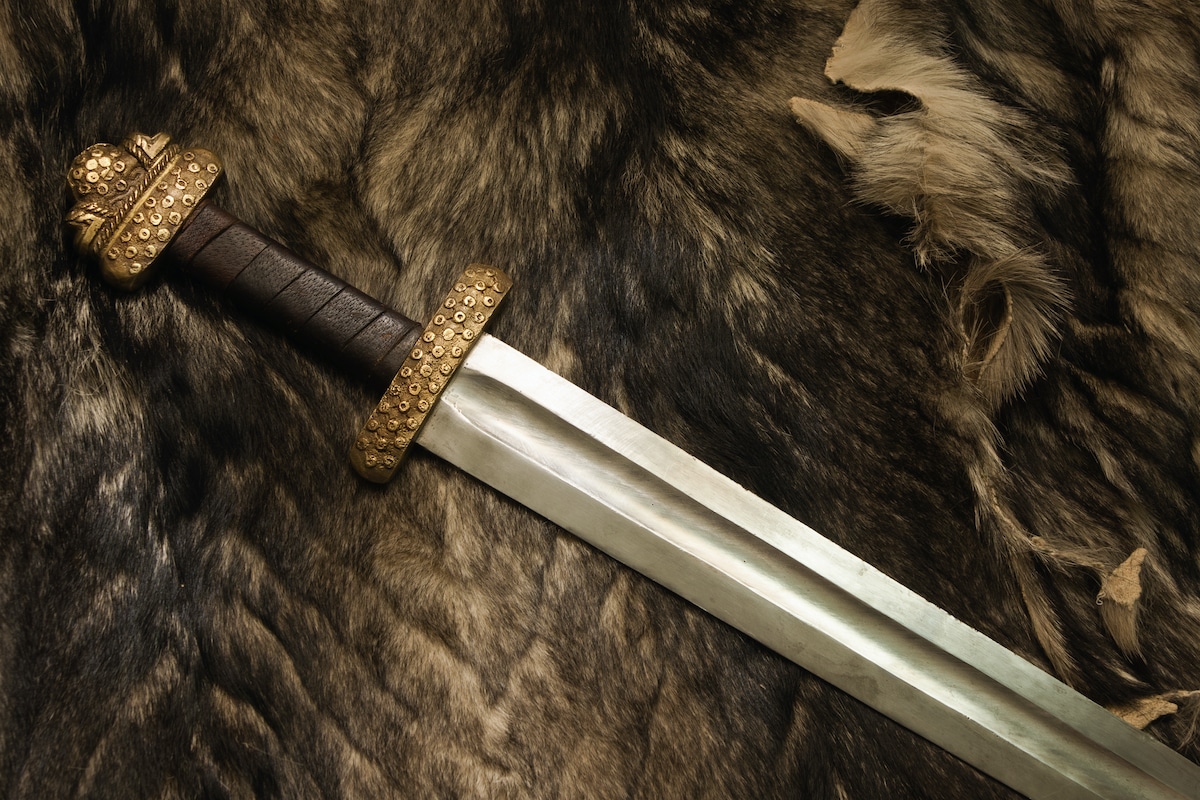 Norse & Viking Swords
Norse & Viking Swords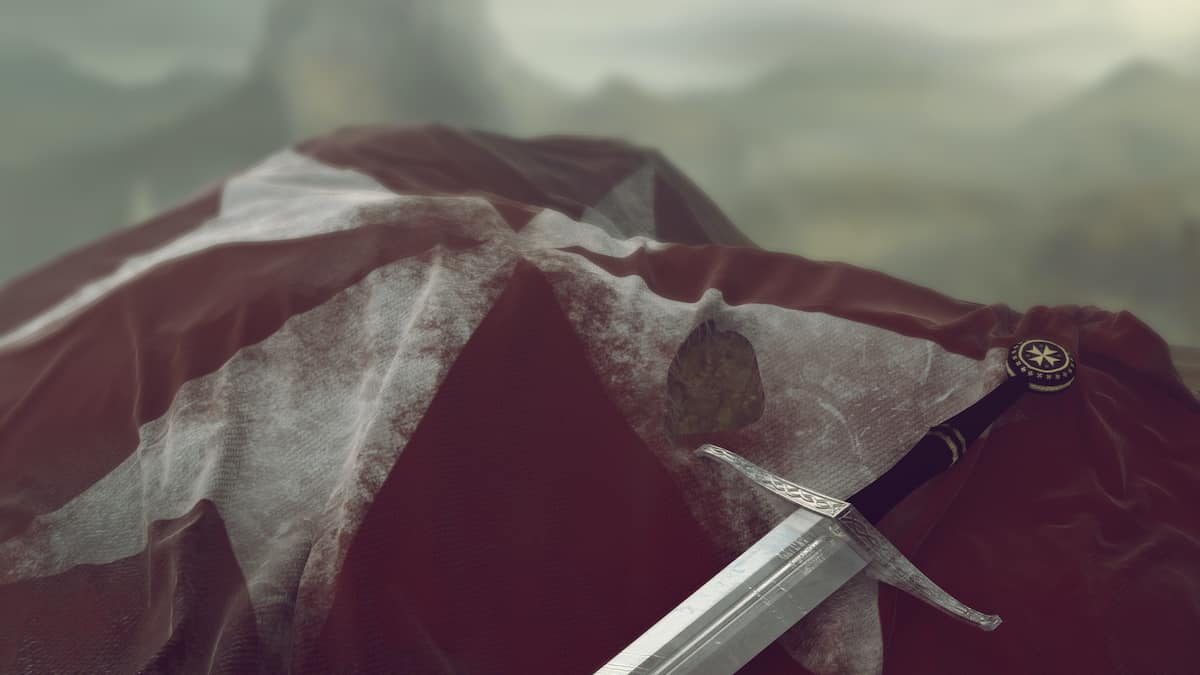 Templar Swords
Templar Swords Claymore Swords
Claymore Swords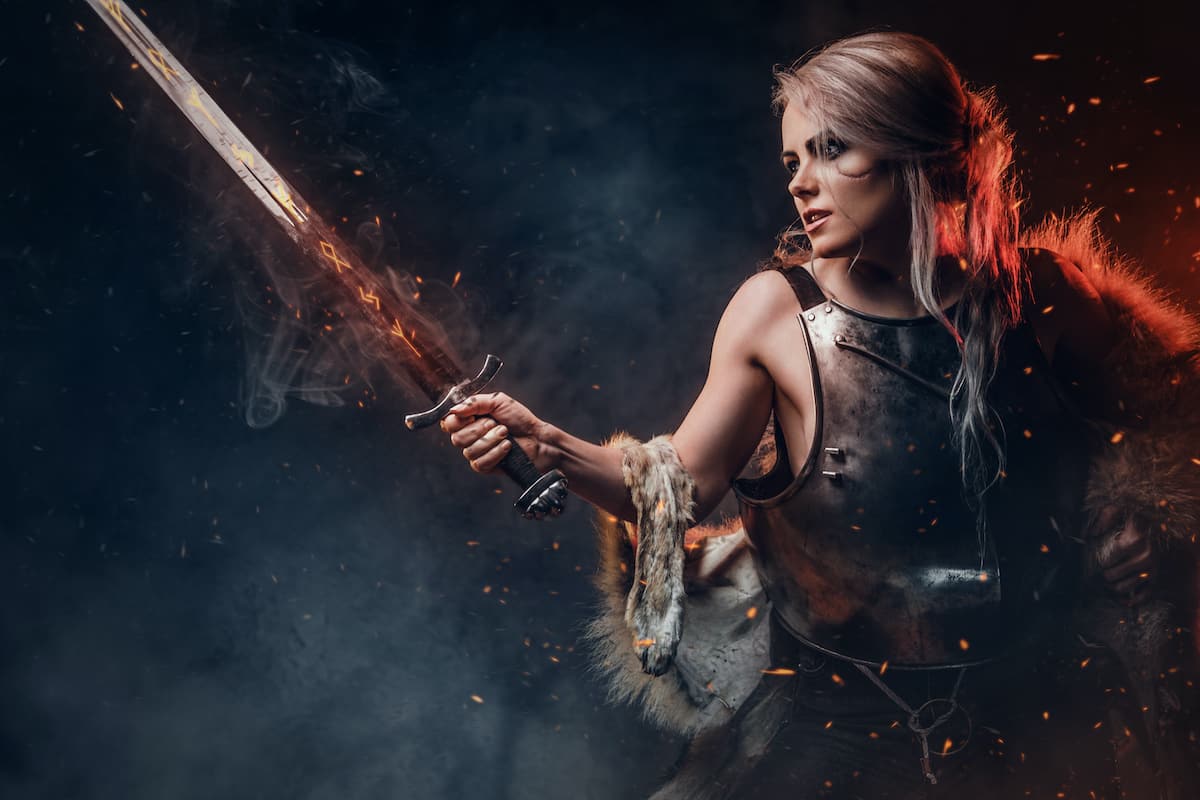 Fantasy Swords
Fantasy Swords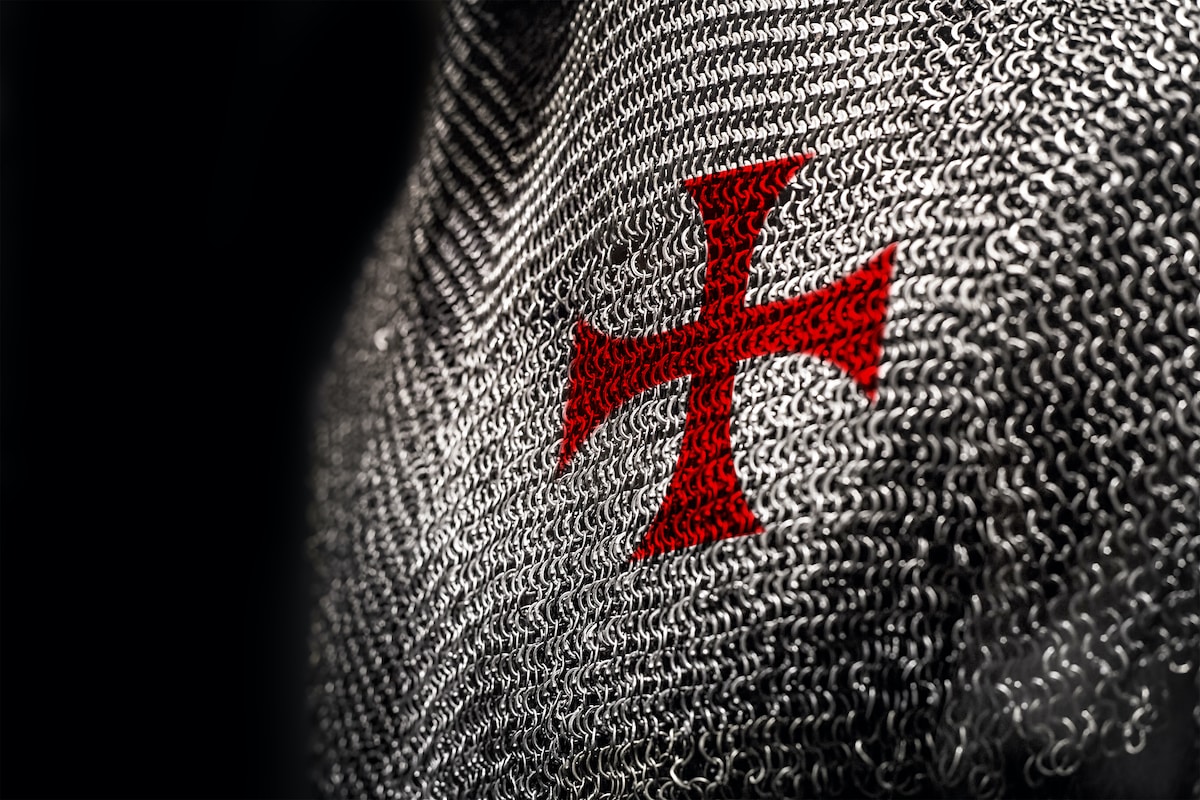 Chainmail
Chainmail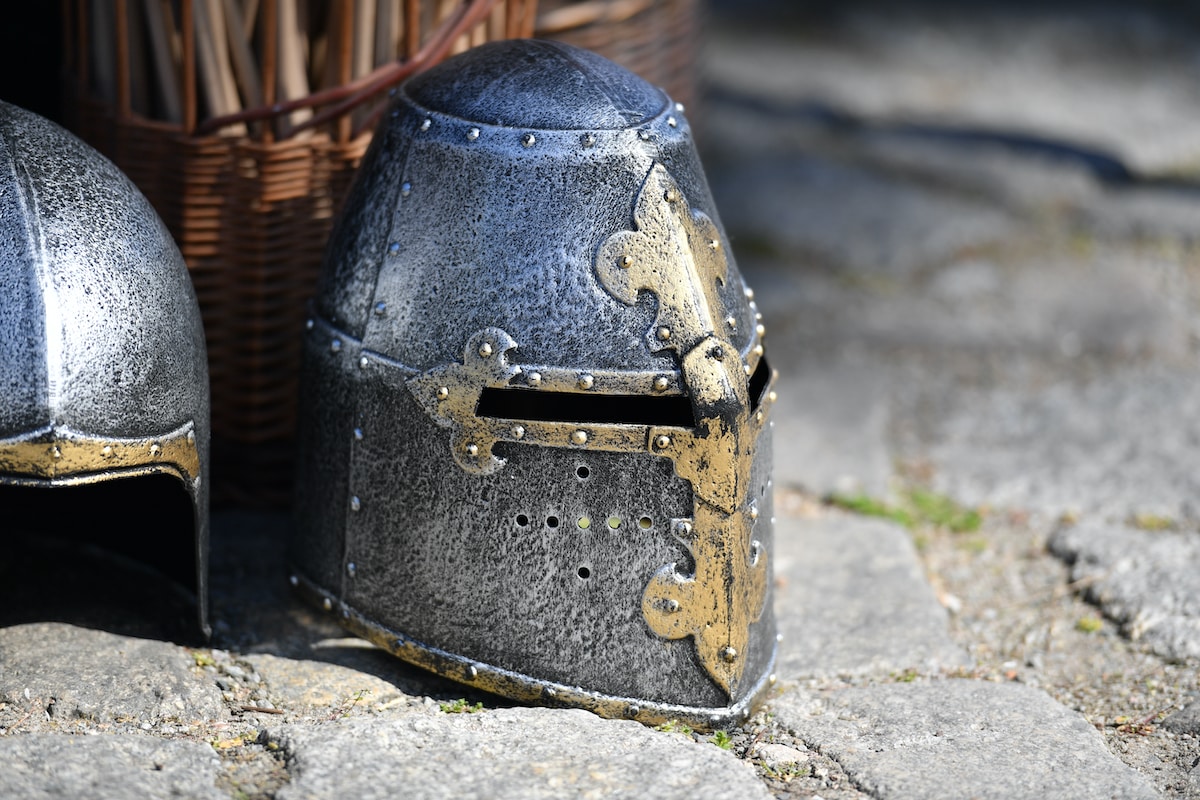 Helmets
Helmets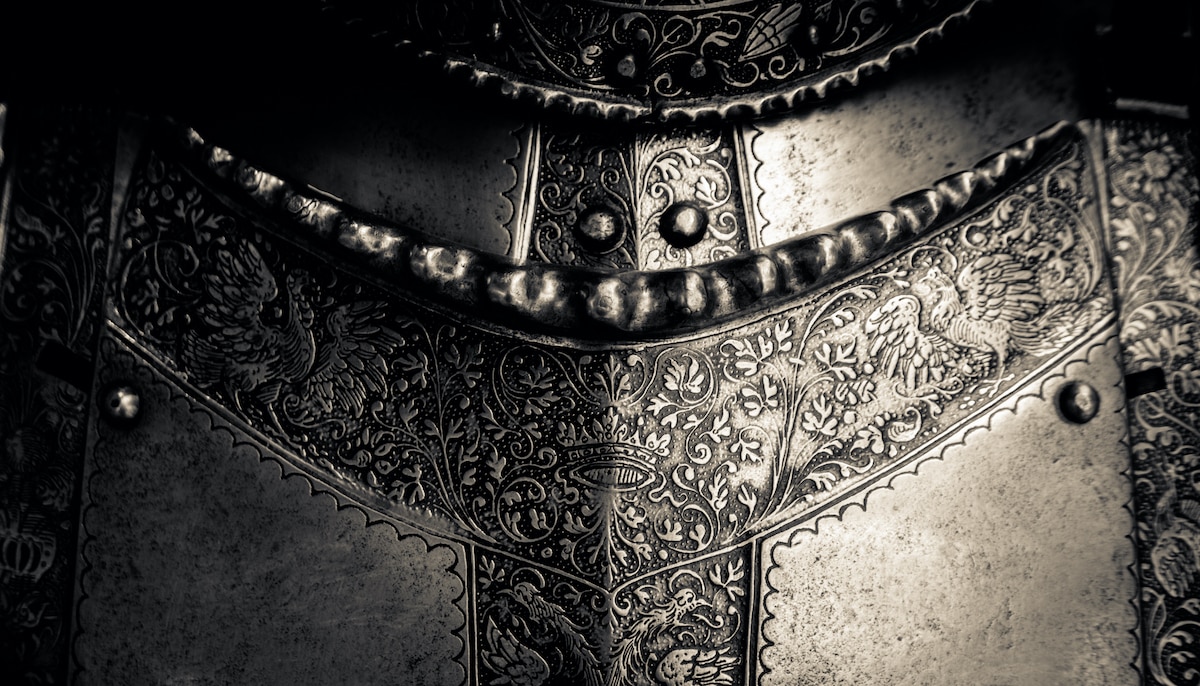 Torso Armor
Torso Armor Bracers and Arm Protection
Bracers and Arm Protection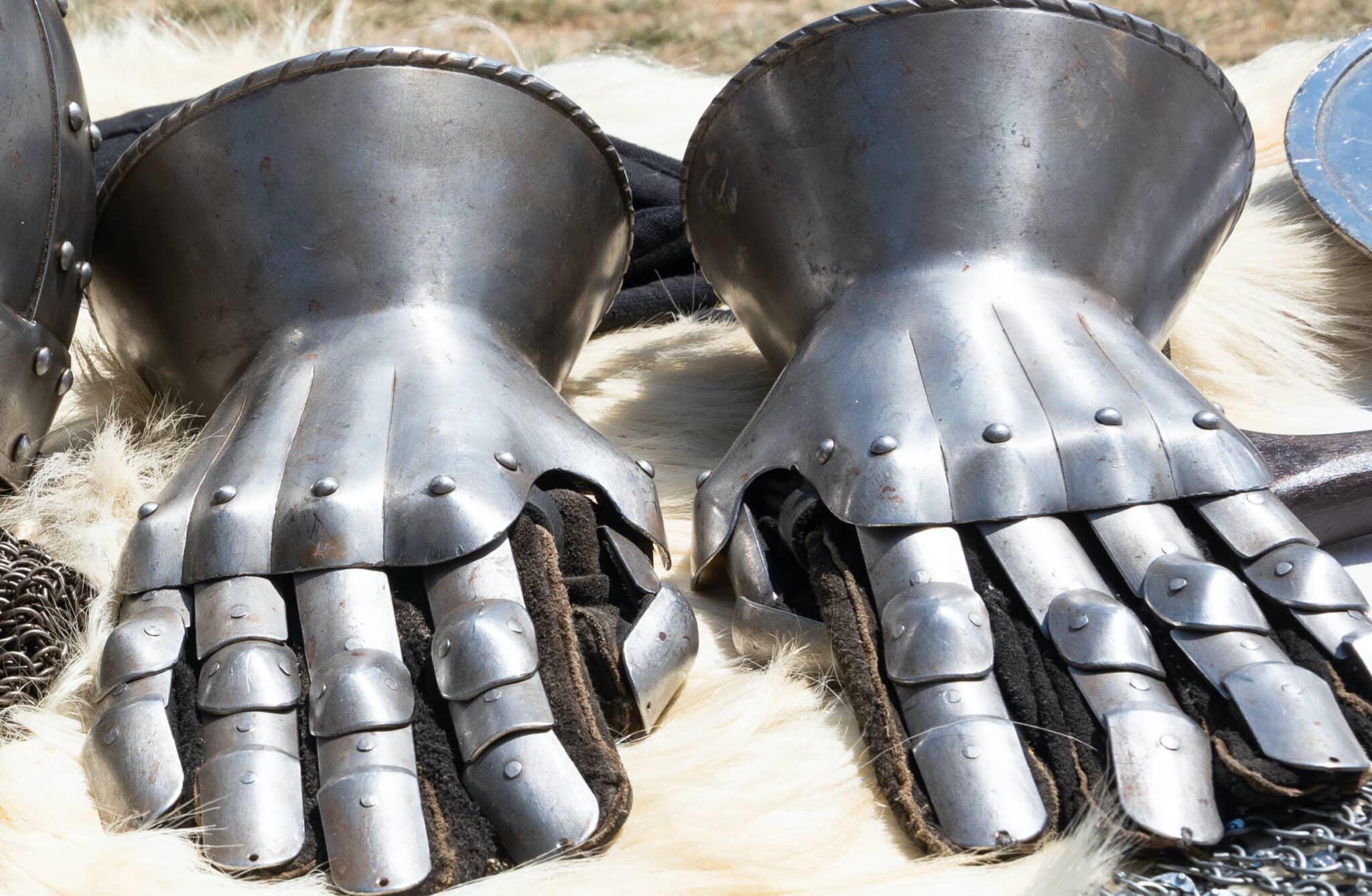 Gauntlets
Gauntlets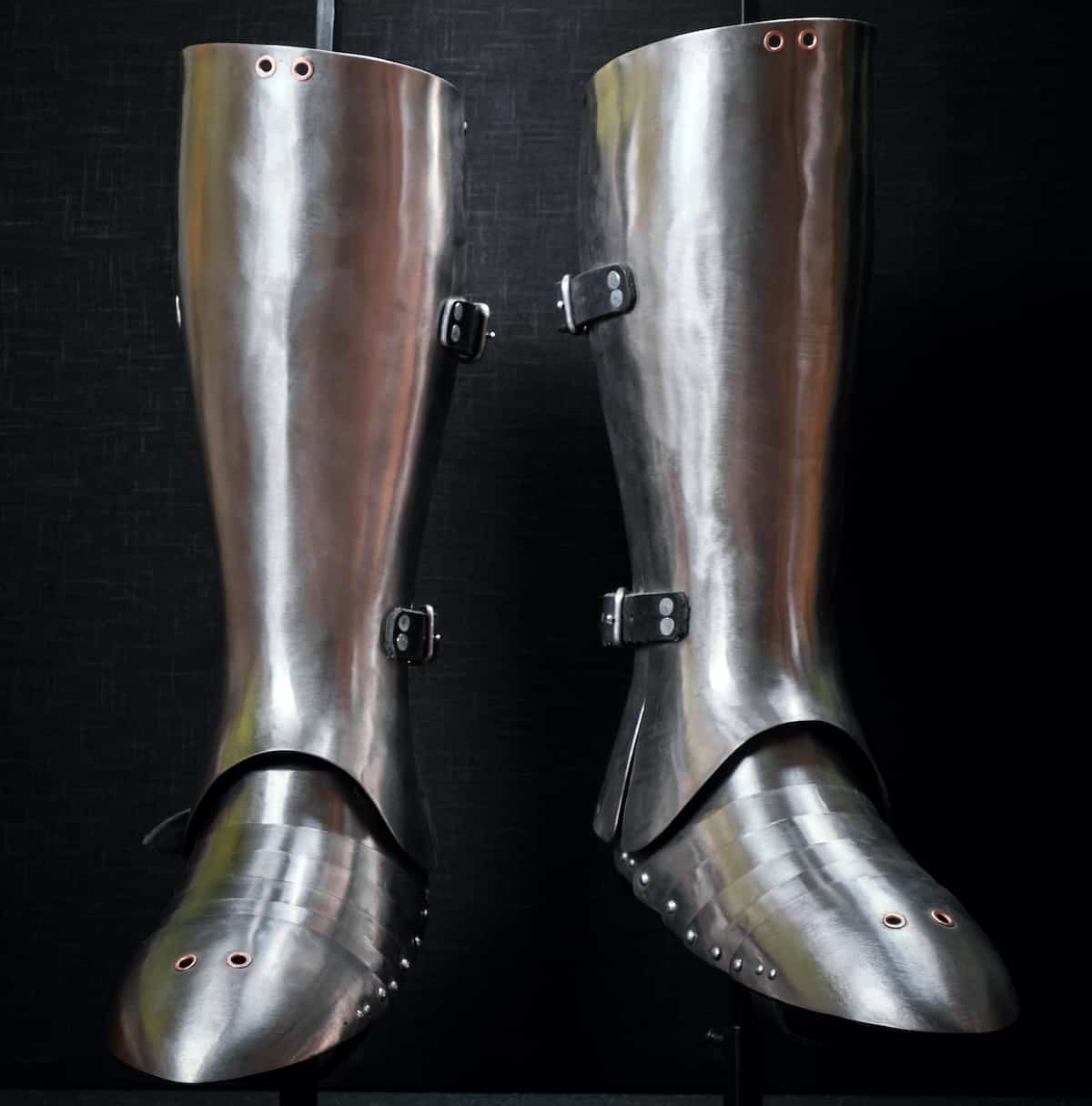 Leg Armor
Leg Armor Cloaks
Cloaks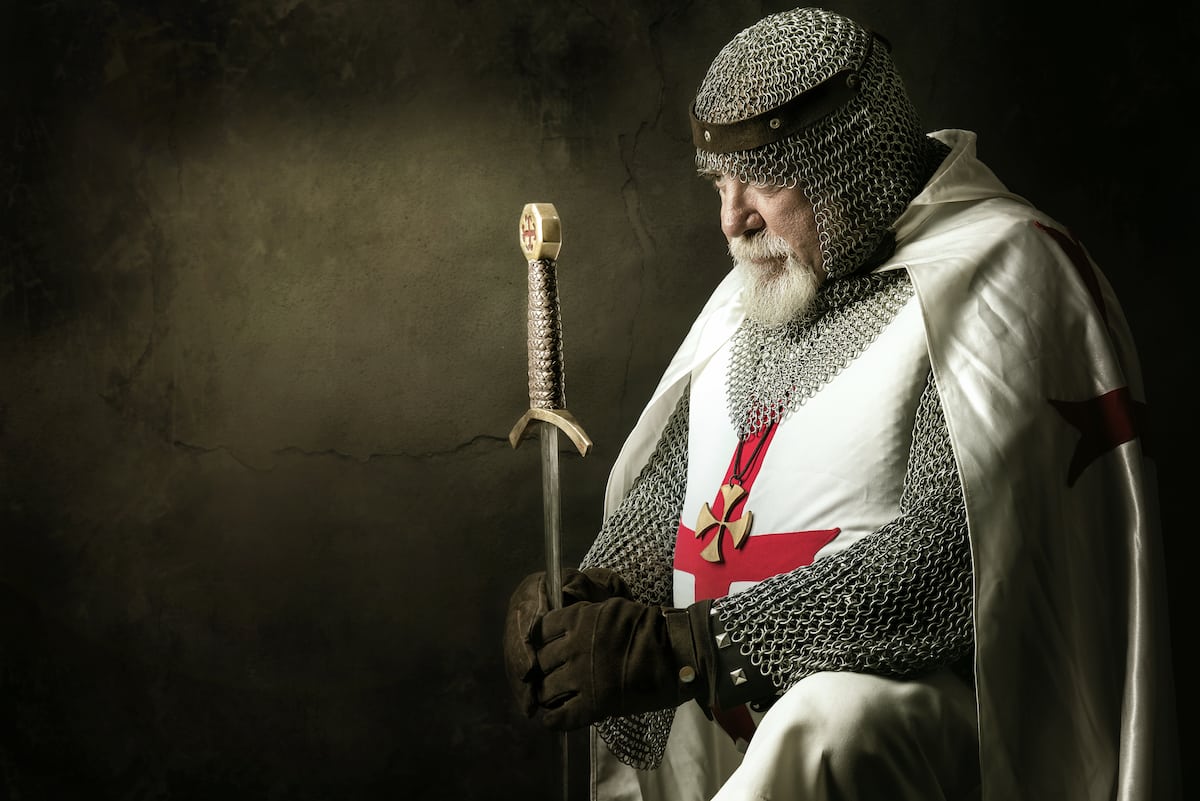 Tabards
Tabards Shirts
Shirts Tunics
Tunics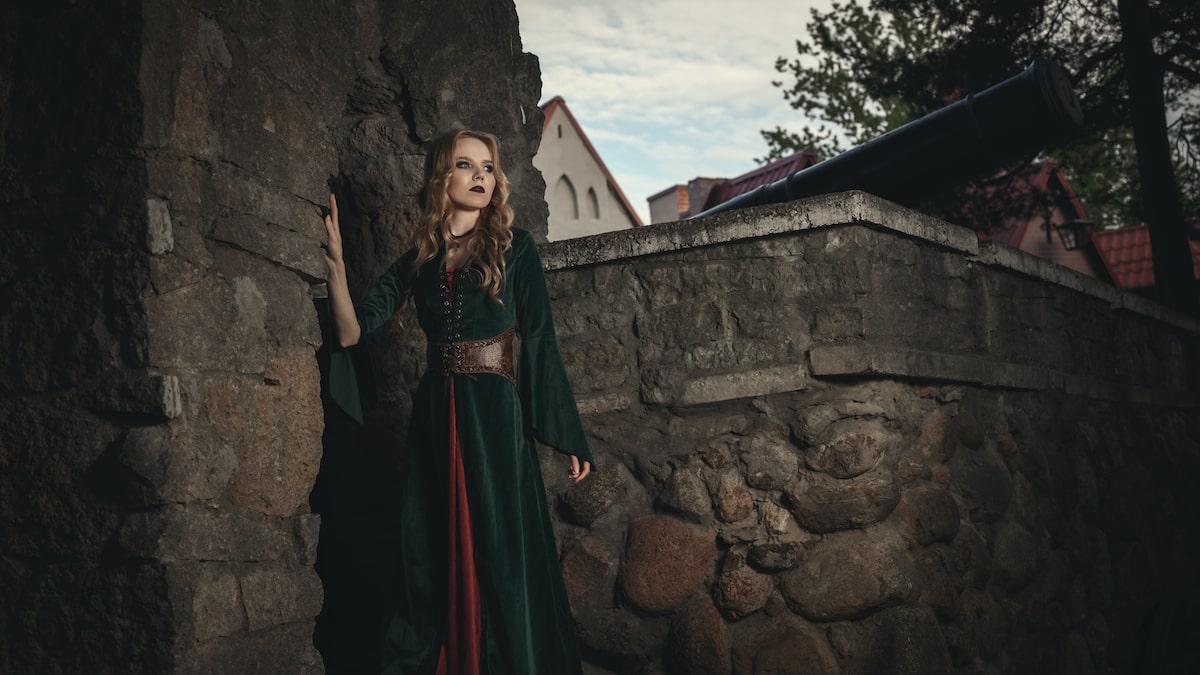 Dresses
Dresses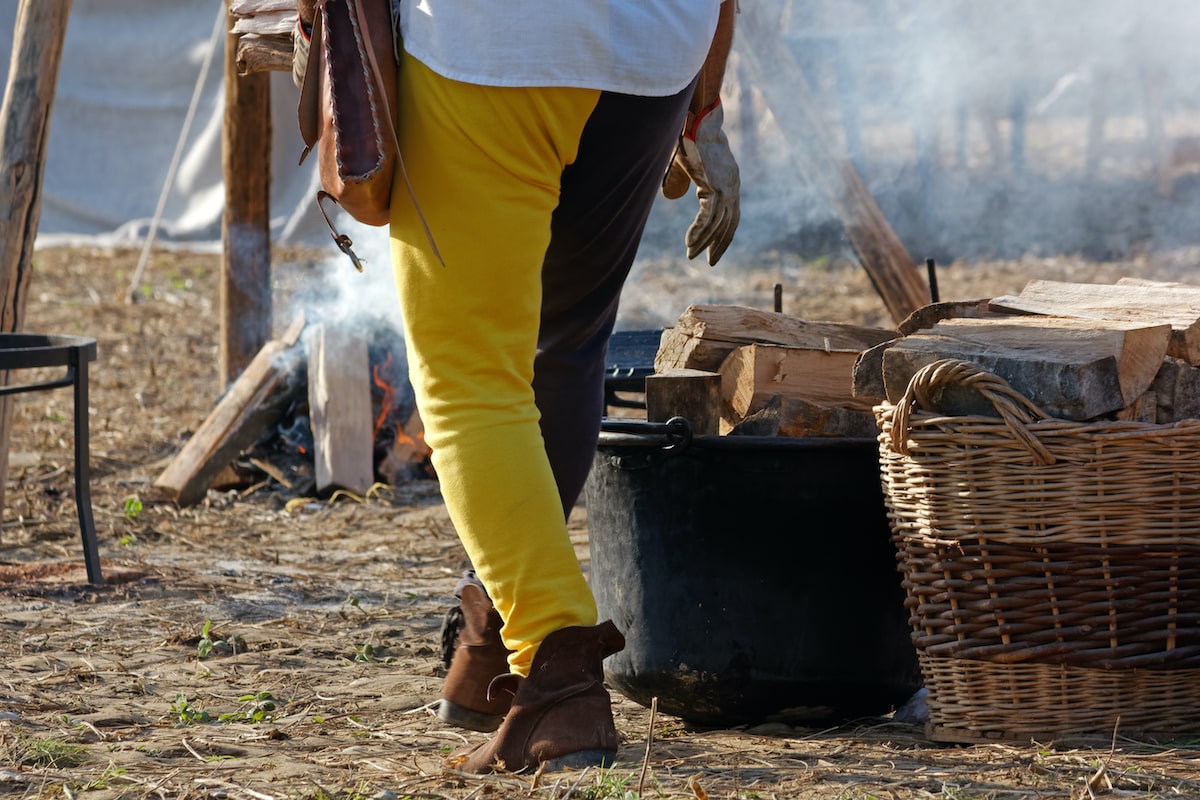 Pants
Pants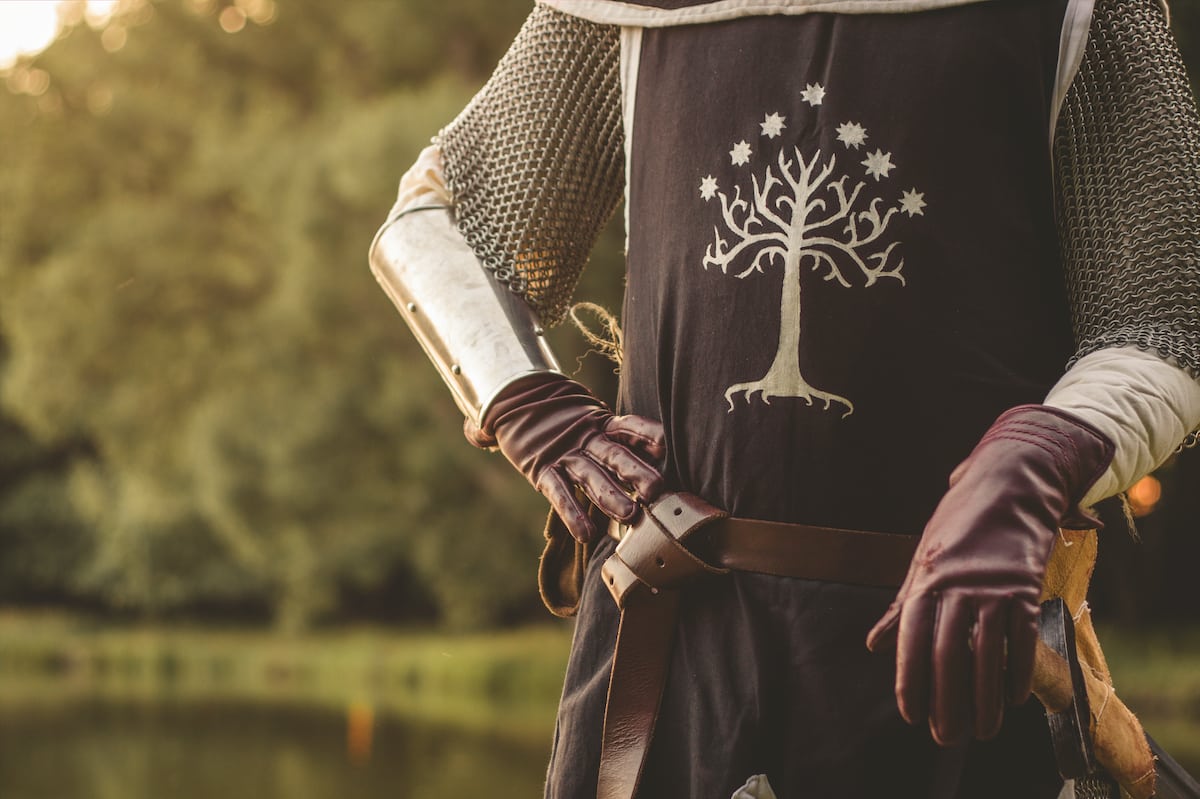 Gloves
Gloves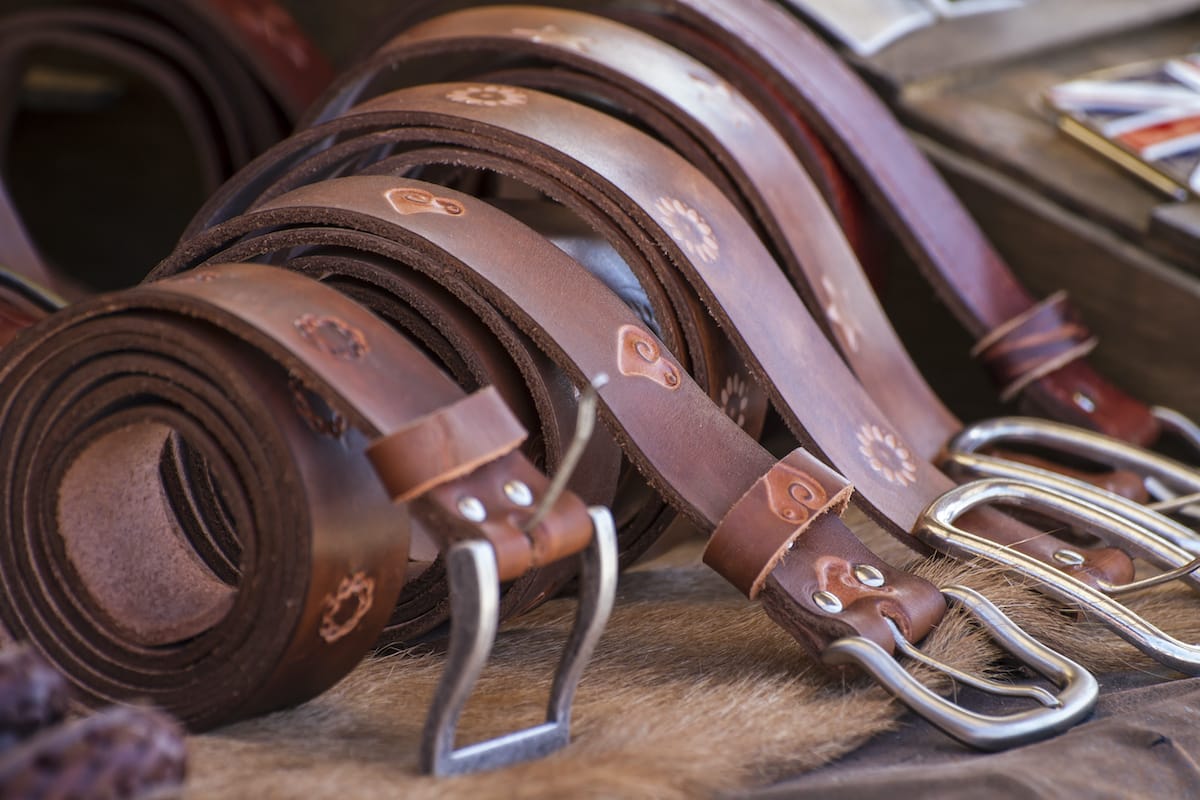 Belts
Belts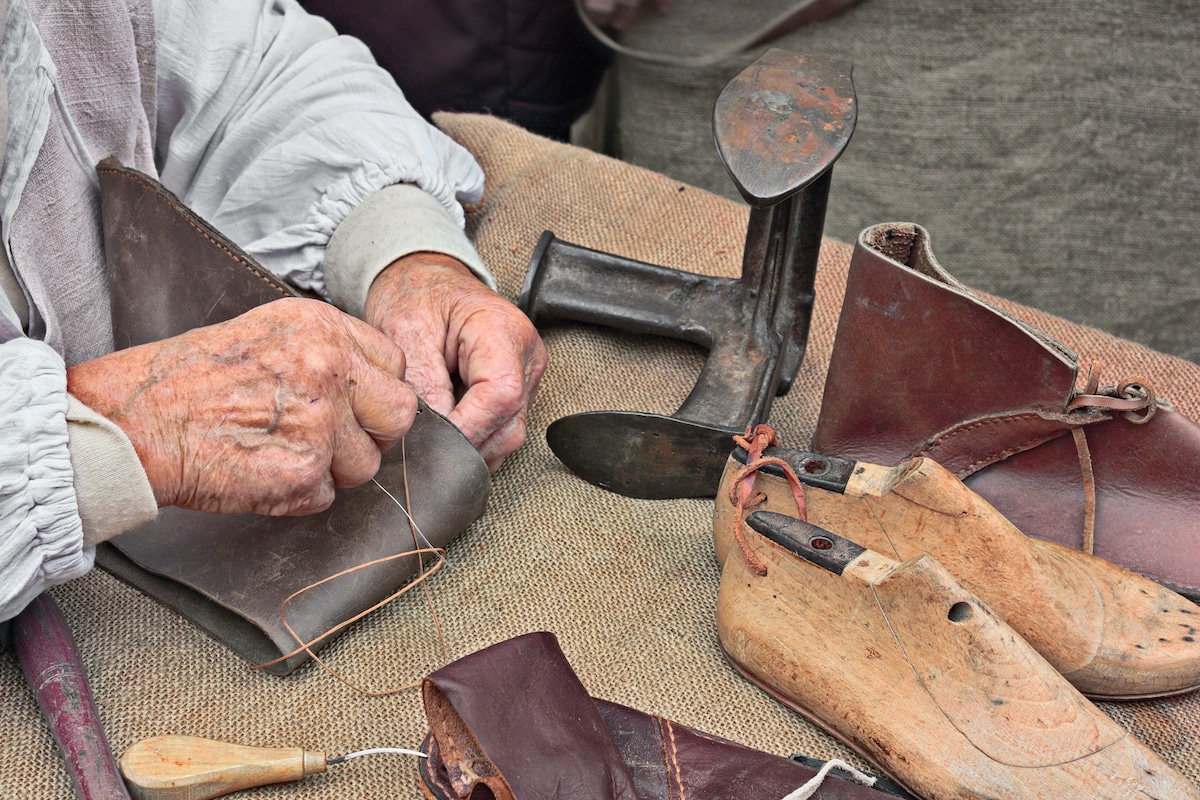 Shoes
Shoes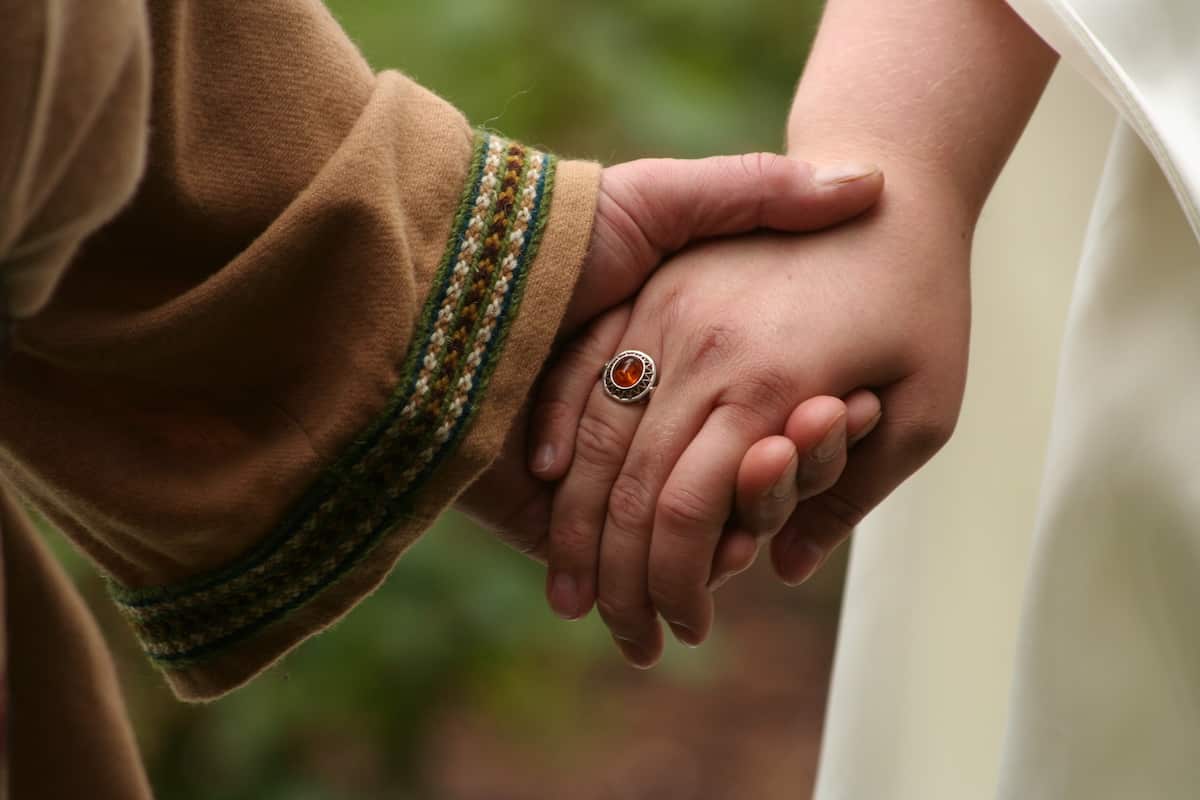 Rings
Rings Necklaces & Pendants
Necklaces & Pendants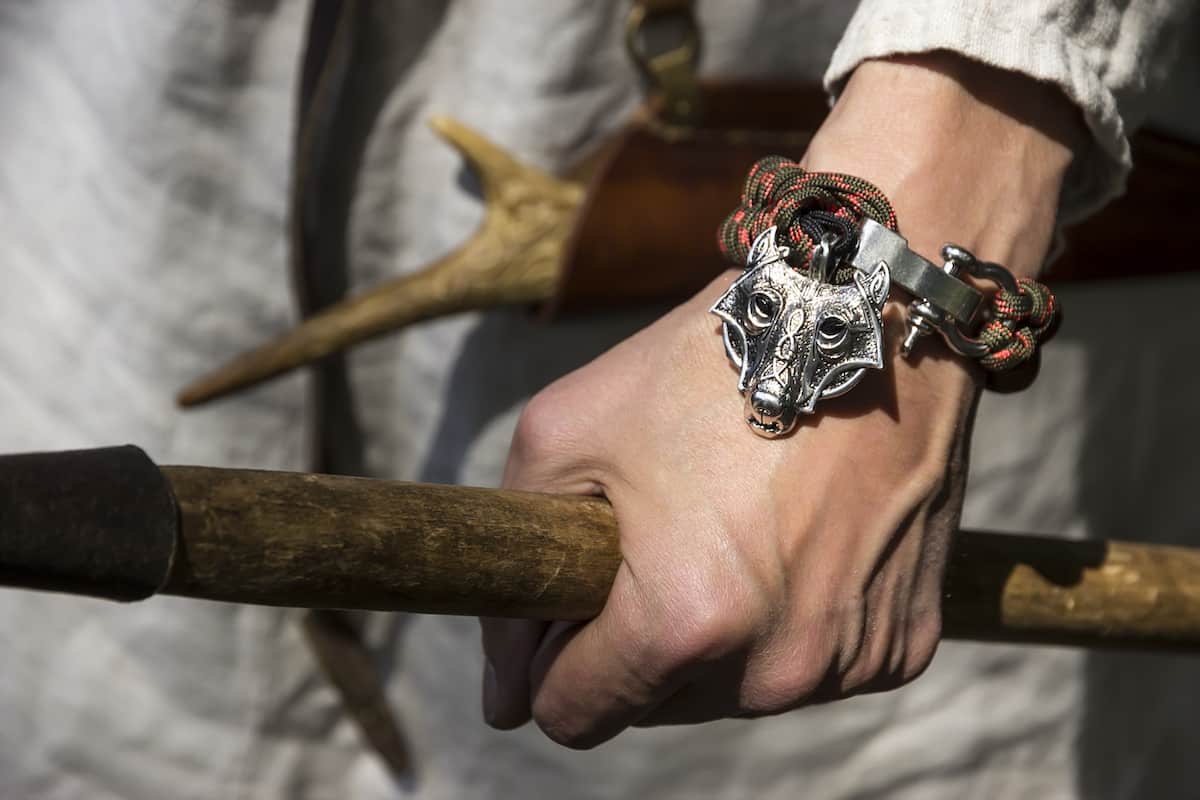 Bracelets
Bracelets


